Contents
- 10 Upper extensor spine
- 9. Gluteus maximus test
- 8. Test of the deep muscles of the spine and the middle section of the extensor muscle
- 7. Testing the oblique abdominal muscles
- 6. Checking the gluteus minimus and medius
- 5. Rectus abdominis test
- 4. Testing the lumbar muscle responsible for trunk extension
- 3. Neck muscle test
- 2. We check the coordinated work of the muscles of the trunk, arms and legs
- 1. Checking the back of the thigh
The modern frantic pace of life does not leave many people time and energy to play sports, so shortness of breath and muscle pain is a normal phenomenon. If you have no problems with this – do not rush to rejoice: perhaps all these “charms” are yet to come. We propose to test yourself with ten exercises aimed at specific muscle groups. If you can easily cope with each, then you are really doing well with physical training, and if not, try to find time to work out these muscles so that you do not run into problems in the future.
10 Upper extensor spine
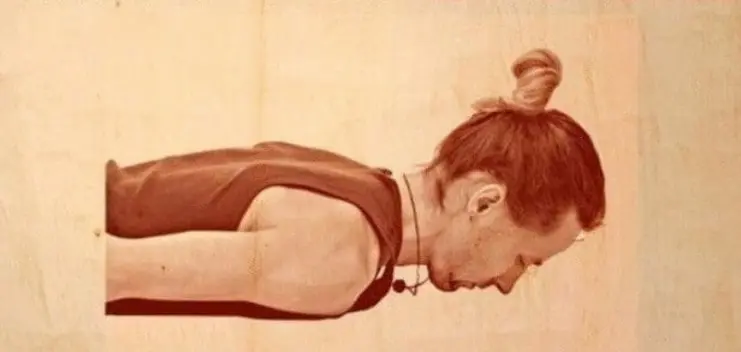
Let’s start testing the body with the spine, which, due to a sedentary lifestyle, “suffers” in every second. The exercise is extremely simple: lie face down on the floor with your arms extended along your torso and tilt your head back as far as you can. Try to hold out in this position for as long as possible, after turning on the stopwatch or asking someone to time it. The norm is the result of 30-35 seconds, but not everyone can hold out for so long, despite the seeming simplicity of the exercise.
9. Gluteus maximus test
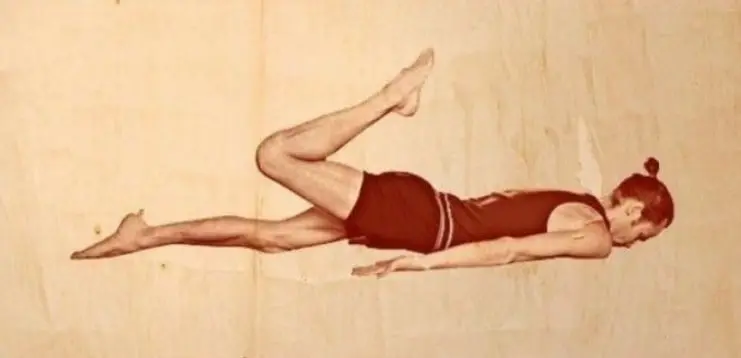
Let’s go down and check the shape of the gluteus maximus muscle, for which it is necessary to lie face down on the floor again, but this time to raise not the head, but the leg, maximally bent at the knee joint. Fix it in this position for 30-35 seconds, and if possible, repeat the manipulation with the second leg. If it doesn’t work, repeat anyway.
8. Test of the deep muscles of the spine and the middle section of the extensor muscle

And again we lie down on the floor face down, now raising the upper body. At the same time, you can either leave your arms extended along, or place them in front of your shoulders (as if you are going to do push-ups from the floor). In this position, you need to fix for 30-35 seconds. If it doesn’t work out, then this indicates an insufficient development of the paravertebral muscles, the training of which is better not to put off indefinitely.
7. Testing the oblique abdominal muscles

This exercise is widely known in yoga, where it is called Jathara parivartanasana. It is also actively used by athletes for pumping the oblique muscles of the abdomen, but we will use it simply to check them. So, we lie down on our back and spread our arms wide, after which we raise our straight legs up. If it worked out, it’s already good, since many “fail” the test already at this stage, although this is not the end. The exercise itself consists in lowering the raised straight legs to the left and right, and then lifting them up.
6. Checking the gluteus minimus and medius
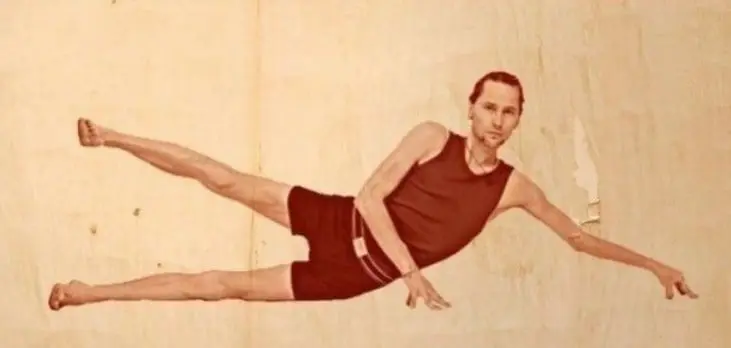
At first glance, this exercise seems much simpler than the previous one, but the first impression is deceptive. Once you start doing it, you’ll understand. To begin with, we take the starting position: we lie down on our side and rise on one arm. Next, raise the leg so that an angle of 35-40 degrees is obtained and fix in this position for 30-35 seconds. After that, we turn over to the other side and do a similar manipulation with the second leg.
5. Rectus abdominis test
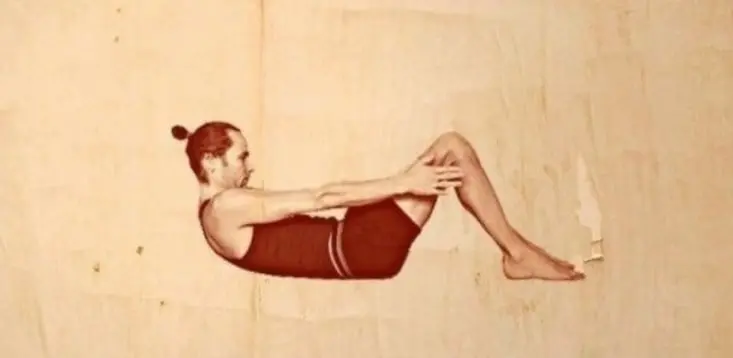
We lie down on our back, put our hands in the lock behind the head, and bend our legs at the knees, moving the feet together. This starting position is familiar to everyone, because this is how we pump the press (well, or pumped in the past, at least at school in physical education classes). The task in this test is to rise from the starting position until the body acquires a horizontal position, and then lower it back (not fall, but calmly lower). If at the same time it is possible not to tear off the feet from the floor and not to move the lower body at all, then the execution is considered ideal. In yoga, by the way, it is called Ardha Navasana.
4. Testing the lumbar muscle responsible for trunk extension
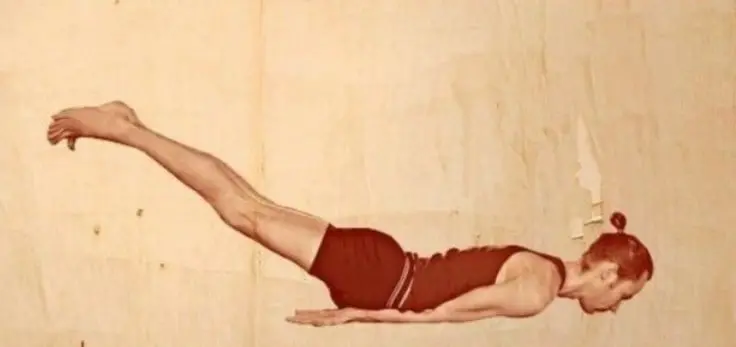
We lie down on our stomach and stretch our arms along the body, turning them palms down. Next, you need to raise both legs as high as possible and fix for 30-35 seconds. If, of course, you succeed. The legs during the exercise cannot be bent or spread apart: they must be perfectly straight and in close contact with each other, and also be motionless. If they constantly rise and fall, changing position, then the exercise will not be performed correctly.
3. Neck muscle test
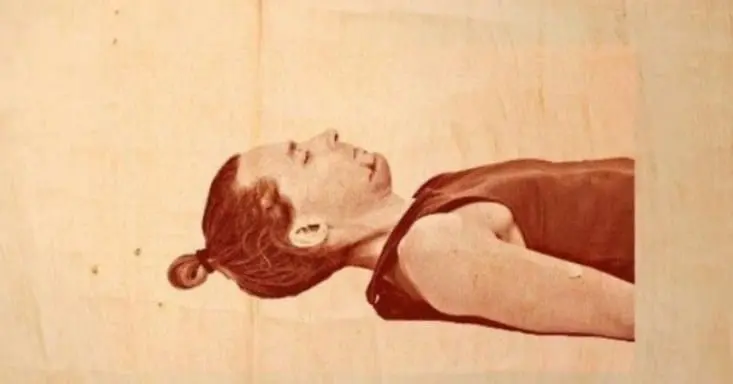
Here we need to lie on our back, moving our legs and stretching our arms along the body. The essence of the exercise is to raise your head, slightly tearing it off the floor, and hold the already familiar 30-35 seconds. If reading this you are grinning with the thought “Well, I can definitely handle this,” then do not rush to rejoice. It may well turn out that the smirk leaves your face as early as 5 seconds after raising your head. If this happened, it means that you have weak neck flexors and you should quickly start training them.
2. We check the coordinated work of the muscles of the trunk, arms and legs
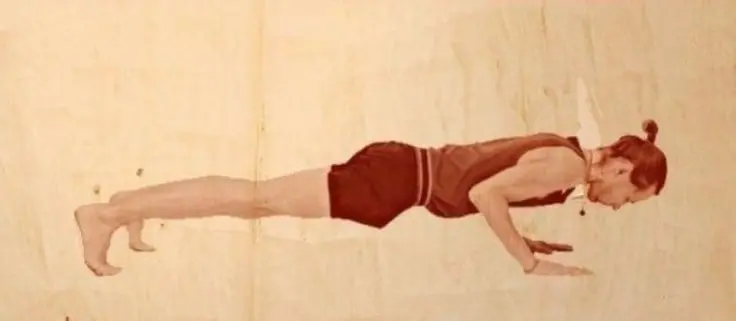
Another exercise familiar to all lovers of yoga and sports exercises. The former know it as chaturanga-dandasana, while the latter know it as lying emphasis. We take a position for push-ups from the floor, go down and fix without touching the floor with the chest. The arms should not be too wide apart: it is best to press the elbows to the body. If you do not have enough strength to lower yourself to such a position (especially for girls), then you can try to take the starting position from a prone position, rising to the desired degree.
1. Checking the back of the thigh

In the last exercise of our today’s selection, you need to again sink to the floor (by the way, a yoga mat will not be superfluous here) face down and stretching your arms along the body, only this time raise your palms up. Raise one leg to an angle of 35-40 degrees and freeze in this position for 30-35 seconds. Next, repeat the action with the second leg. During the exercise, you should try to keep your leg as still as possible so that it does not hang in the air, either rising or falling.









